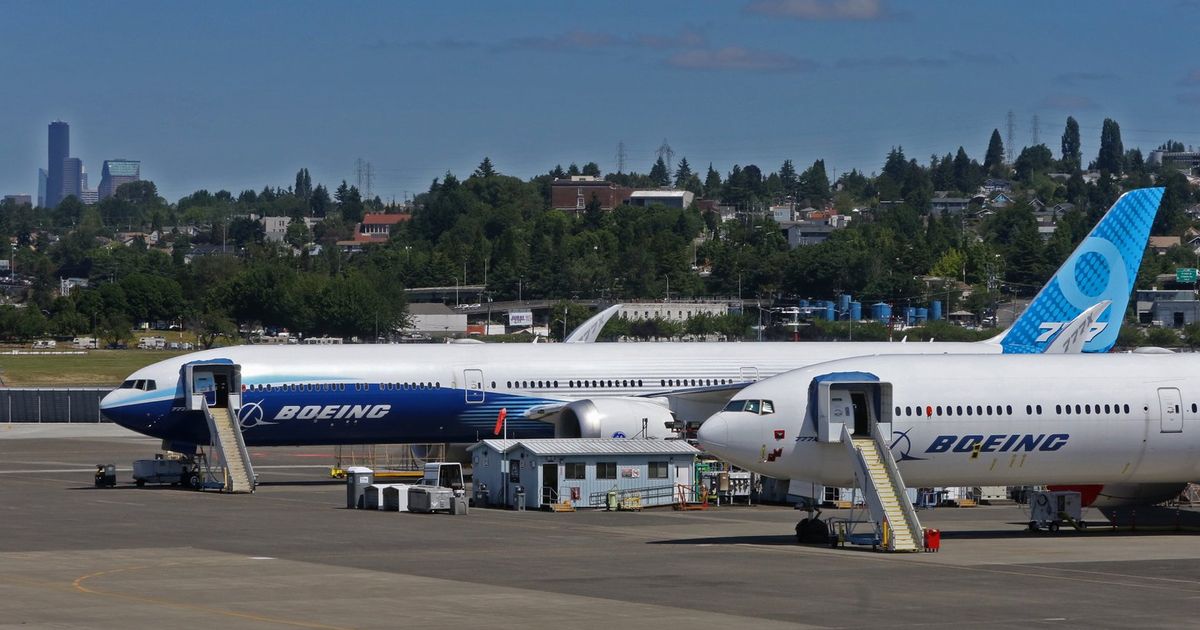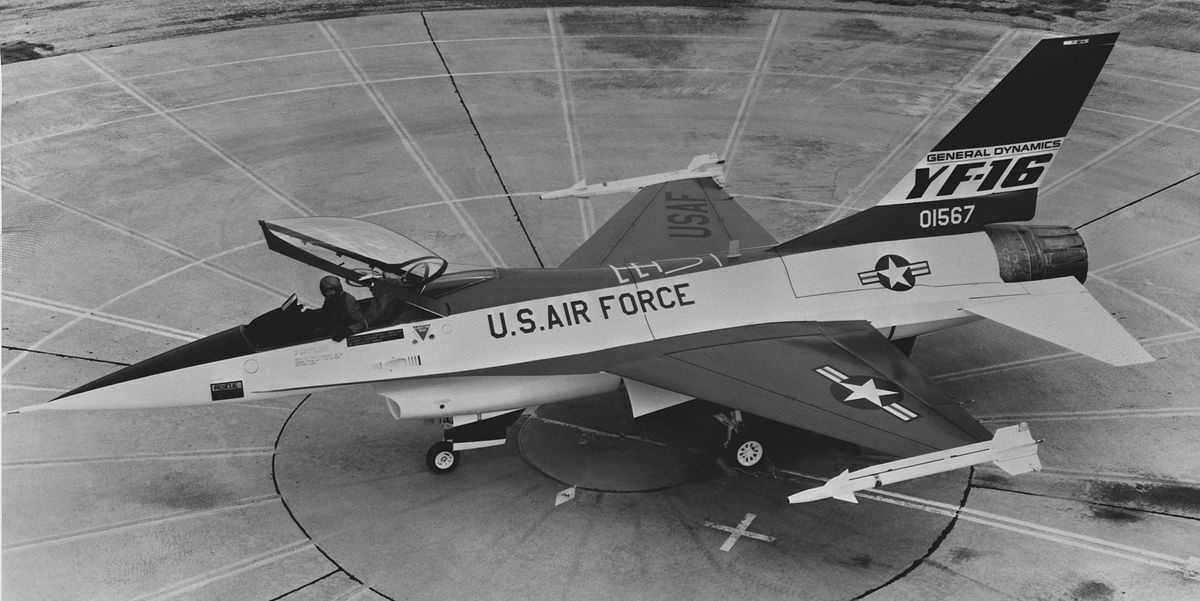
Williams X-Jet - Wikipedia
The Williams X-Jet, created by Williams International, was a small, single-person, light-weight, Vertical Take Off and Landing (VTOL) aircraft powered by a modified Williams F107 turbofan aircraft engine — designated WR-19-7 — after some minor modifications. The vehicle was nicknamed "The Flying Pulpit" for its shape. It was designed to carry one operator and to be controlled by leaning in the direction of desired travel and by modulating engine output power. It could move in any direction, accelerate rapidly, hover and rotate on its axis, stay aloft for up to 45 minutes and travel at speeds up to 60 miles per hour (97 km/h). It was evaluated by the United States Army in the 1980s, but was deemed inferior to the capabilities of helicopters and small, uncrewed aircraft, and so the development of the X-Jet was discontinued.
Other VTOL systems developed by Williams International included a jet-powered flying belt, developed in 1969, which was powered by a Williams WR19 turbofan, and X-Jet's predecessor, the WASP I (Williams Aerial Systems Platform), which was developed in the 1970s and was powered by the more powerful WR19-9 BRP5, rated at 670 lbf (2.98 kN) thrust and a specific fuel consumption of 0.47 lb/lbf·h (13.31 g/kN·s).



















